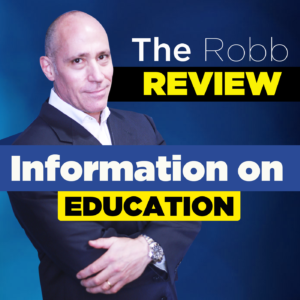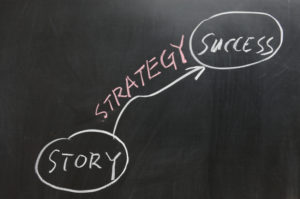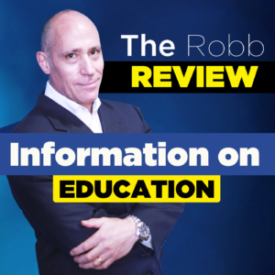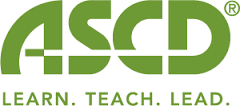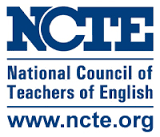Is Something Holding You Back? Educators Time To Let Go

A new year is starting, 2018. What can you let go of? Metaphorically speaking our plates only have so much room to add more and more. At times we need to let a few things go to make way for the new. I suggest letting go of what might be dear to you but no longer serves a purpose or something that is holding you back for the goal you have set for yourself.
Years ago I was told a story, a story I will now share with you. It is a story that can change you. The story starts with a group of people on a boat a few miles off the shore. There is a party going on. People are having a great time and admiring one lady who has a huge precious stone on her neck. It is clear to everyone the pride the lady has in her necklace.
The water starts to get rough, but the party continues. Many, including the lady with the necklace, are dancing right by the railing of the boat. Suddenly a wave hits the boat; the lady screams as she falls overboard. Three people rush to find a life preserver. With a life preserver in hand, a man leans over the railing in an attempt to toss it to the lady; she is starting to go underwater.
At that moment the man yells to the lady, ” Get that big necklace off your neck and you will be able to float towards the boat. Then I can save you!” The lady goes underwater and comes back up and yells back, ” I’ve had this necklace my entire life, I can’t do it.”
That is the end of the story. The lady faces a choice: she could die or free herself by letting go of what she holds dear.
As 2018 begins, what necklaces are you wearing and how are they holding you back? Free yourself and let go. Take an honest look at the five questions I often ask myself and others:
- Is it good for students today, or did it work better years ago?
There are often things we do or curriculum we cling to that has no relevance to students today. When I was an English teacher, there were a few books that I loved and taught every year. Eventually, I learned my passion for those books simply was not resonating with students. I moved to new books and made much better connections with my students.
- Are certain strategies or practices no longer effective?
I will have an entire blog on this topic, but many teachers like to lecture. Often they idolized teachers who taught them with lecture and with pride carried on the tradition. All traditions are not good. Classrooms defined by lecture have no place in our schools; it is time to change. Have the courage to do so.
- Do I cling to practices that tie up my time but serve little purpose?
Years ago I knew a teacher who would come in tired a few days a week. One day I asked him why? He said he was up all night grading journals. I thought about it for a minute and suggested he not do it anymore. It was not received well. His necklace stayed firmly in place.
- What can I let go of to bring more technology into my classroom?
Classrooms of the future will use technology to transform learning. I do not see technology taking the place of a teacher, but I do believe all great teachers will effectively use technology. What can you change to make technology a more viable part of your classroom? What do you need to let go of to allow this change to happen?
- Is my attitude holding me back?
We control our attitude. Being a positive person is a choice, so is the opposite. Positive educators can change lives and change the trajectory of students. Take an honest look at your attitude and the mindset you choose.
As you move into 2018, don’t let fear prevent you from dropping what is holding you back. Grab some of the fearlessness our students have, take some chances, be intrepid. Take risks and make a difference in the lives of those you teach and in the lives of everyone you know.
Learn more from my book The Principal’s Leadership Sourcebook, Scholastic
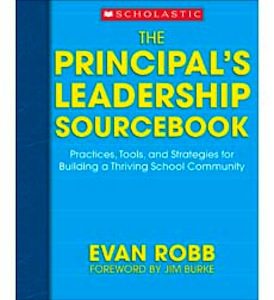
![]()




